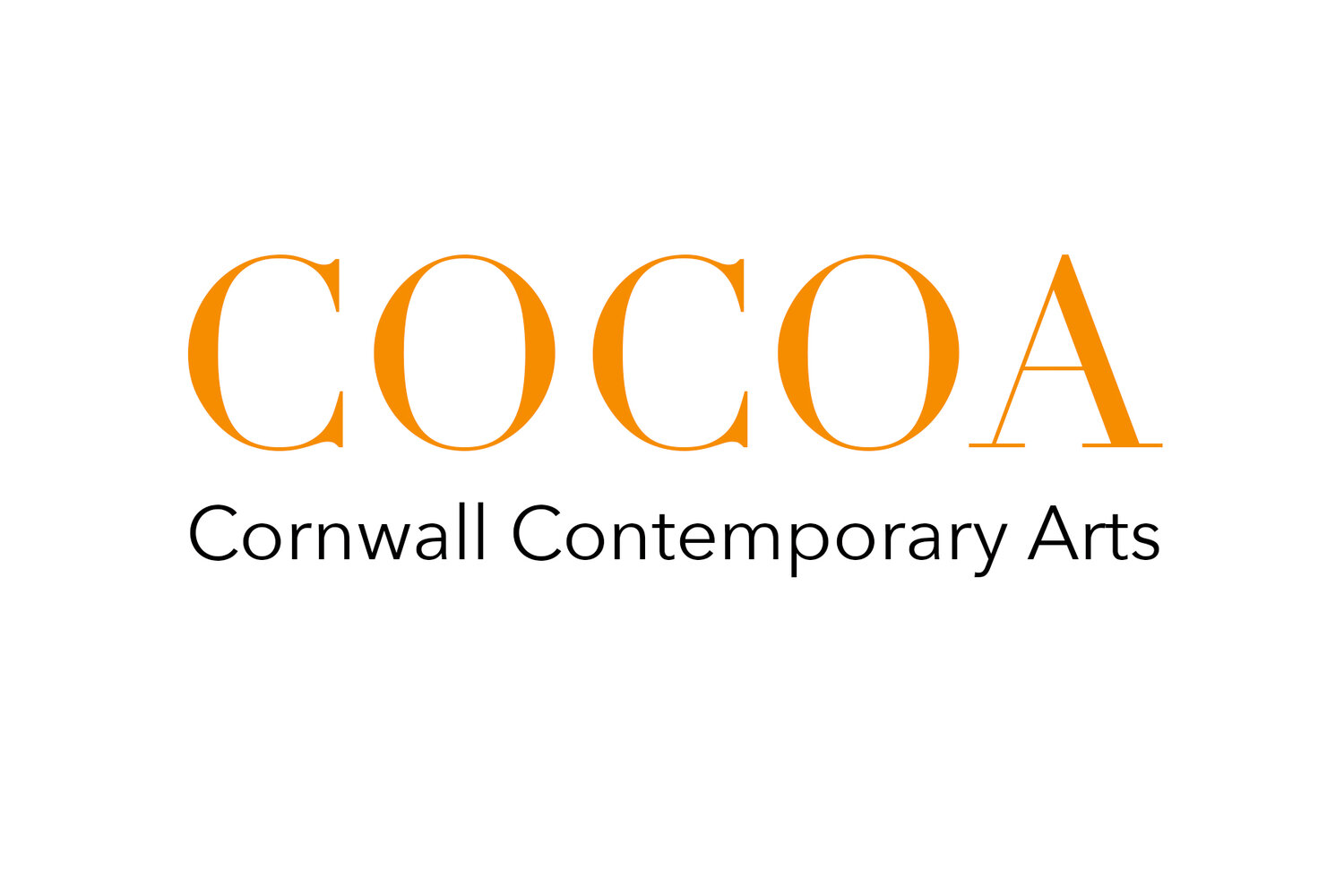
Look: Lamentation by the School of Rembrandt
The Lamentation over the Dead Christ is an extraordinary painting at the John and Mable Ringling Museum of Art in Sarasota, Florida. Purchased as an original Rembrandt in the 1920s, the painting has more recently been assigned to an unknown group of Rembrandt’s students.
For over twenty years, Rembrandt (1606-69) ran an academy in Amsterdam where he trained scores of assistants to work in his manner. The Lamentation is a tour-de-force painting unique among Rembrandt’s studio products and it is worth giving some attention.

Mother Joins the Circus
In Flying Woman, Katherine Bradford’s current retrospective at the Portland Museum of Art, curated by Jaime De Simone, much is made of her life in Maine as an adult and mother. There is a timeline that articulates important dates and events in her life and a wall of photos outside the exhibition that features images of a smiling Bradford, husband and children in front of her garden’s stand of cornstalks. These date from her first go-round in Maine as part of the 70s back-to-the-land movement.
The checkerboard of photos also includes later photos that describe Bradford’s transition into the artist we now know. We see her children a few years older, we see Jane Wyatt who became her partner. We see Bradford’s hair growing grayer and morphing into her trademark chop, but none of the timeline, the photos checkerboard or even the paintings included in the exhibition tell the story of her exodus from Maine to New York through the eyes of the three individuals who experienced it: Bradford herself and her twin children. Bradford has, however, wrestled with this transition in the way she knows best — in paintings.

William Blake: Between Imagination and Reason
William Blake is often described as an artist, poet and printmaker, but most of all he was a philosopher. The Marriage of Heaven and Hell is an illuminated book he composed between 1790 and 1793 in which he explains, among other ideas, his theory of contraries.
Opposed to each other in Blake’s conception of the world are Imagination and Reason. For Blake opposites are the fundamentals of human existence. This cornerstone of his philosophy transpires not only from the illustrations of his book, but from many of his drawings and watercolors.
William Blake, A Vision of the Last Judgement (c.1808) is a watercolor crowded with figures. In the top section sits God, on his right the saved, on his left the damned.

Whose Broad Stripes and Bright Stars? Flags and Art from Johns to the Present
Were you to pass through the New England town of Sharon, Connecticut, this past Fourth of July, you would unwittingly have braved frontiers of cultural discourse. Peering from the Clocktower at the southern end of the Green, you would have perceived a phalanx of flagpoles lining Main Street, raised by the veterans of American Legion Post 126 as they do every patriotic holiday. Exiting the Green at the north, you would encounteraSharon Center School, the local elementary, whose foyer is graced by a signed poster from Sharon’s most famous resident: Flag (1954) by Jasper Johns.
Between these antipodes, two contemporary art outposts on the Green dug deeper into flags. Standard Space featured a group show called “MESS,” while ICEHOUSE Project Space, which I run, riffed on the town flags by lining its own sidewalk and driveway with artist flags from Grand Flag, a Brooklyn project. Around the country, outrage roiled around BLM and Confederate flags and monuments. Studying the two shows, I pondered: How do these representations of flags toggle between critical and affirmative? Do we all have the same relationship to the American flag?

Sarah Lucas Read Through Andrea Dworkin
Sarah Lucas (born in 1962) is a British artist whose work initially developed within the context of Young British Art. In 1988 Lucas participated in Freeze, the exhibition which first bound the group together, organized by Damien Hirst. In 1993 she opened The Shop with Tracey Emin, there she first explored soft sculptures made with stuffed tights. Within that space in East London she created Octopus, (1993), made with tights stuffed with newspaper. Through the years she kept exploring soft sculptures, which are now her main form of expression. With her work Lucas explores the body, the abject and gender and feminist issues. She has declared in a few instances that she has been influenced by the writing of the feminist essayist Andrea Dworkin, yet she has never unpacked this influence.

